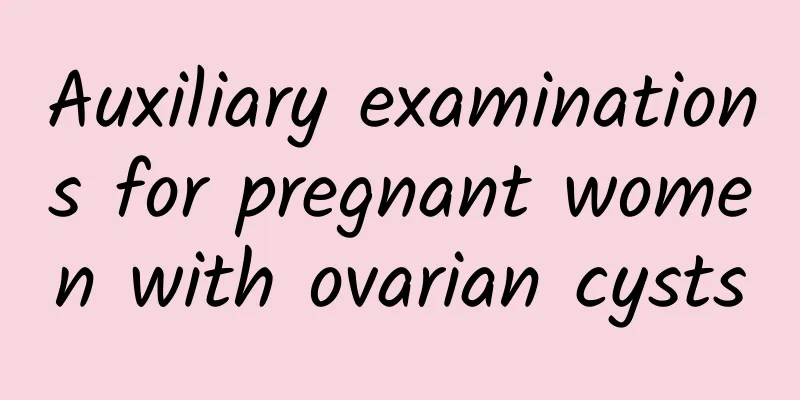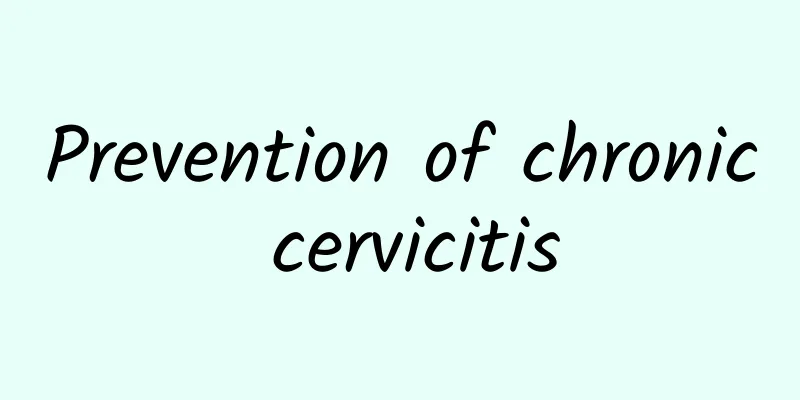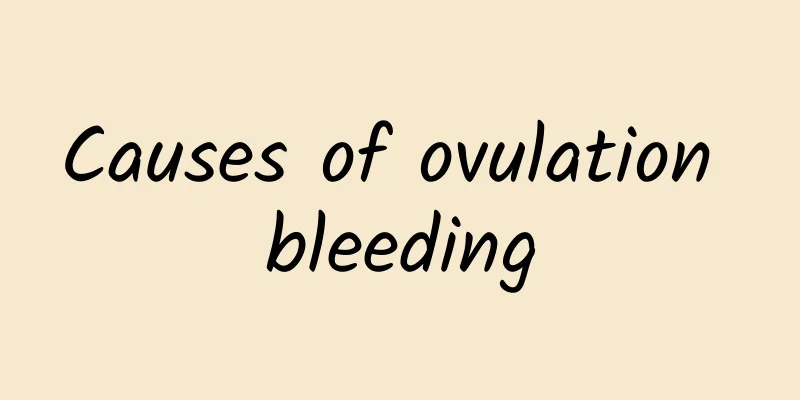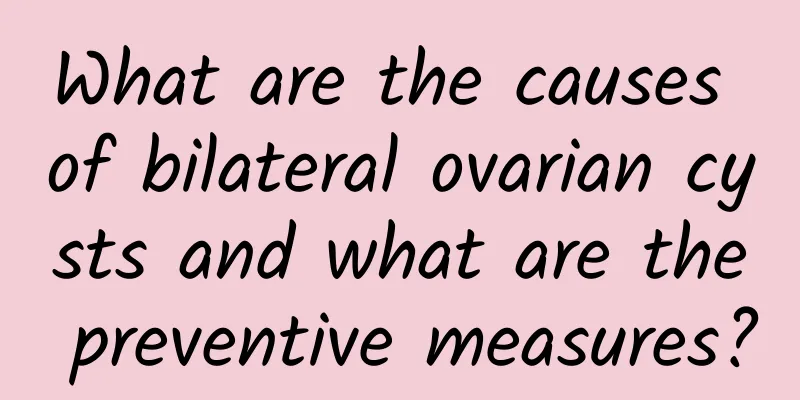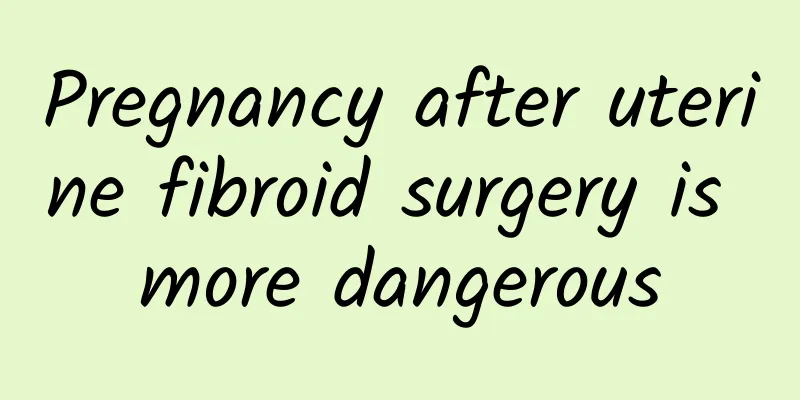Are multiple uterine fibroids benign tumors? What is the treatment for multiple uterine fibroids?
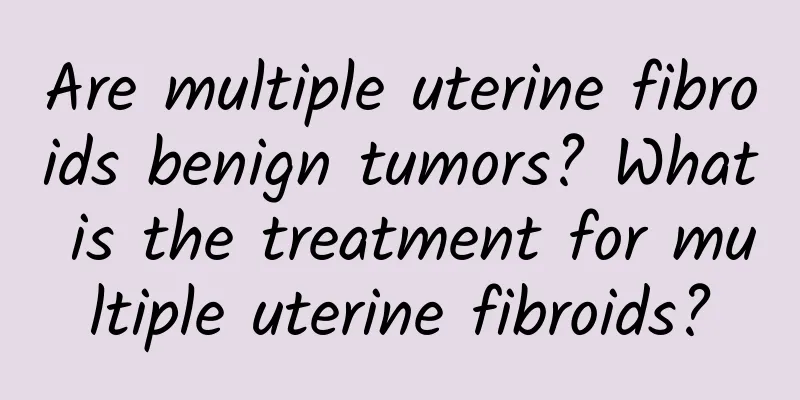
|
Generally speaking, medicine develops rapidly, and many diseases can be treated well. At present, the number of patients with uterine fibroids is increasing, and there are many types of uterine fibroids, such as multiple uterine fibroids. So what is the treatment for multiple uterine fibroids? Multiple uterine fibroids are a type of uterine fibroids. Multiple uterine fibroids are the most common benign tumors in the female reproductive system, and they mostly occur between the ages of 35 and 50. Uterine fibroids are usually multiple, and the above different types of fibroids can occur simultaneously in the same uterus, which is called multiple uterine fibroids. According to statistics, about 20% of women over the age of 35 suffer from multiple uterine fibroids, but most patients fail to detect them because the fibroids are small and asymptomatic. Clinically, the incidence of fibroids is only between 4% and 11%. At present, the main methods for treating multiple uterine fibroids are drug therapy and surgical treatment, as follows: 1. Drugs: Traditional Chinese medicine is ineffective in treating uterine fibroids. It can only forcefully lower estrogen levels and relieve the symptoms of uterine fibroids, but it cannot cure the disease and has serious side effects. 2. Surgery: Myomectomy or hysterectomy is effective quickly, but if the root cause of endocrine disorders cannot be changed, uterine fibroids may recur. The most important thing for uterine fibroids is to detect them in time and have surgery as soon as possible. In fact, fibroids are a benign disease. With today's medical level, it is not necessary and should not be removed from the uterus. Minimally invasive techniques are very popular. Submucosal fibroids can be removed vaginally without incisions; subserosal fibroids and intramural fibroids can be removed laparoscopically, with a maximum incision of 1 cm in the abdominal wall. Therefore, young or asymptomatic patients with fibroids should not wait for the fibroids to grow or develop symptoms before undergoing surgery. The smaller the fibroids, the less trauma to the uterus. Once the fibroids exist, they will grow larger and larger. Any drug treatment will not work. Embolization and self-coagulation knives are prone to intestinal damage, bleeding, and recurrence. It is best to remove it as soon as possible. Endocrine regulation after surgery is the perfect strategy. |
<<: How to treat uterine fibroids? How to treat uterine fibroids with traditional Chinese medicine?
Recommend
The main causes of cervical hypertrophy
The incidence of cervical hypertrophy in our coun...
Anorexia and bulimia can be cured by self-monitoring to reduce loss of control
In psychiatric outpatient clinics, anorexia and b...
Why is there more yellow leucorrhea during lactation? There are many reasons
There are many reasons why leucorrhea is yellow d...
What foods are best for threatened abortion?
Pregnant women will panic when they hear about th...
What are the causes of uterine fibroids? What are the hazards of uterine fibroids?
Paying attention to the formation of uterine fibr...
Dietary taboos for chocolate cysts and nursing measures for chocolate cysts
Although chocolate cysts are easy to treat, this ...
Women should pay attention to the causes of acute adnexitis
Adnexitis is a common gynecological disease. Clin...
Say no to morning jogging! 4 p.m. is the best time to exercise
Many people are used to jogging early in the morn...
How long after giving birth is normal for menstruation
It is normal to resume menstruation about 6-8 wee...
Eat right to lose weight, start with 9 small steps
Eating a lot of snacks when feeling irritated at ...
Analysis of treatment methods for vulvar menopause
The most direct harm caused by menopause to women...
Can I still have children after myomectomy? Most of them do not affect
After myomectomy, the woman's uterus can be p...
There are 5 factors that cause habitual miscarriage
There are many reasons for habitual miscarriage. ...
Can women with uterine fibroids eat wolfberry? Five dietary taboos for women with uterine fibroids
Uterine fibroids are the most common benign tumor...
Causes of bacterial vaginosis in different sizes
Due to the structural characteristics of the fema...
